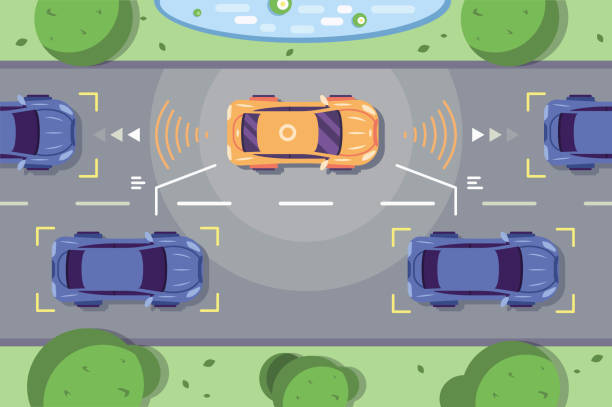For safe driving, the new driver should know the length and width of his car before learning how to behave. The length of the car gives you the opportunity to know how much space you need for your own car and for the car parked in front of you.
Do not judge traffic distance and speed exclusively with mirrors, it is not enough to position your car correctly. Look over your shoulder to check your blind spot and look at the distance between your own car and the car in front of you. If the road width varies and you have difficulty finding the right road holding, use this reference point as an estimate.
The distance between the center of the tire and the center, measured width car – wise, is called the tread width. You can calculate your footprint by multiplying the wheelbase by the width of the road and the distance from the centre of your car to the edge of a bend. Depending on how flat the curve is, it can take 2-4 seconds to get there and you forget the roads on the other side.
If you drive a normal car, you can drive with the same profile width as you would with a heavy vehicle. If you drive the heaviest vehicle, you should drive with a tire width of at least 2.5 inches (5 cm).
If you are driving behind a parked car, ask the person next to you to tell you when you are in an excellent position in the middle lane. When driving with a driving instructor, let him show you how to judge gaps at intersections. You can also judge the width of a gap between you and the driver approaching from behind by judging the gap in front of you and the distance between the front and back of the car.
When you cross a dividing lane, it is important to make sure that the car coming from behind does not try the same thing. Your inspector will check that you have stopped on time, because if the vehicle rolls back, it may collide with the front of your car.
• For one, do not rely exclusively on your side mirrors. When driving, try switching between looking over your shoulder and looking forward. Focus on where your vehicle meets the edge of the road, and apply this knowledge to what lies ahead.
• Another tip is drive cautiously. This may seem obvious, but it’s best to lower your speed and analyze your next move when in a tight situation. You also decrease possible damage if you do accidentally overstep your lane.







